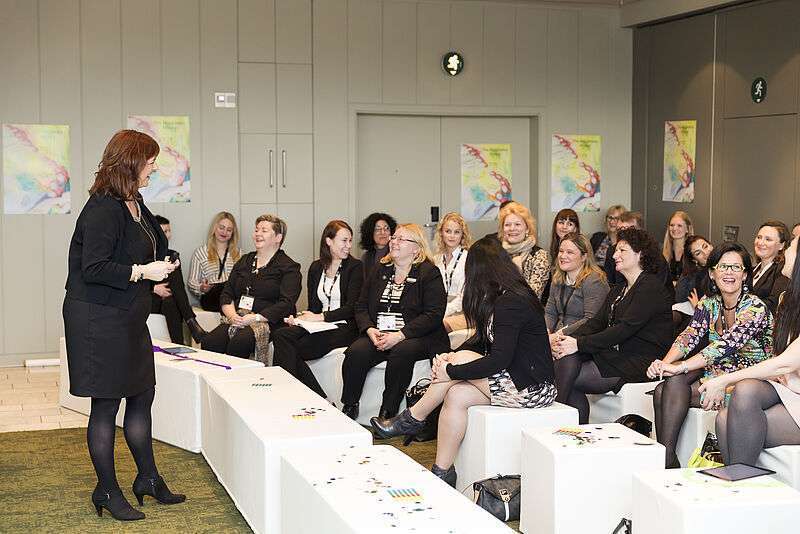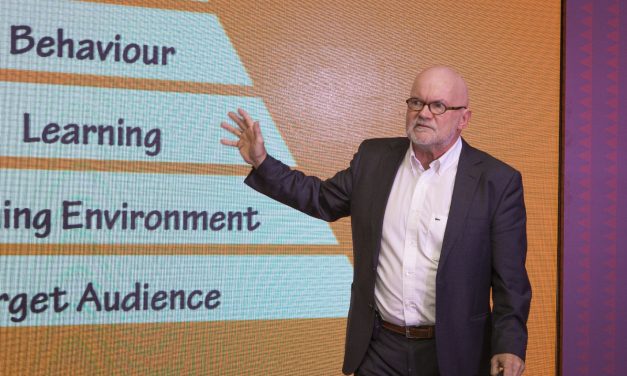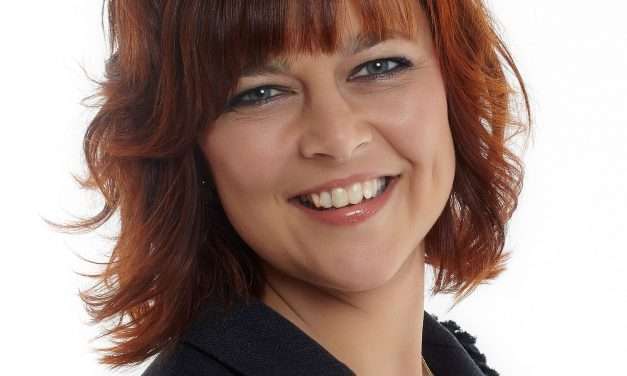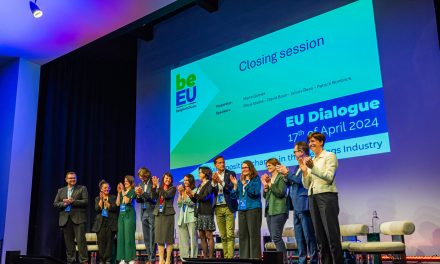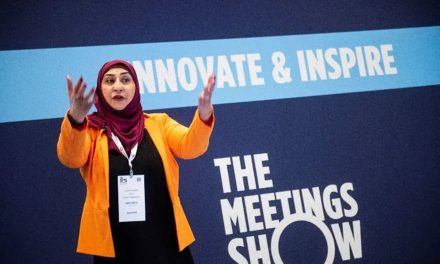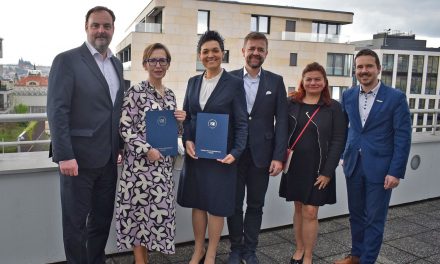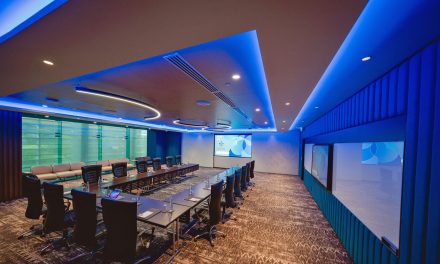(Added) Value. “I really don‘t understand why the clear majority (of senior corporate managers, edit.) allows investments in meetings and events pass under their accountability radar. They only need to ask for it. How much did we invest? What was the return?”, says Elling Hamso, the founder of the training and consulting company Event ROI Institute.
He is puzzled by the fact that “the one biggest reason to why meetings are not used as a strategic tool is senior corporate management”. Hamso has been working strategically on how to increase and document the outcome of meetings since 2004, which makes him one of the pioneers in the field. He is fascinated by the “ROI magic” and stresses that there is a huge potential for increasing the value of meetings and events.
When planning a profitable meeting, the first questions to ask, are not: ’Where can we fit 200 people theatre style and which hotel can we afford? Who should we sign for the motivational speech and what’s for lunch?’. “To secure that a meeting delivers its potential value, one must initially define relevant, detailed and measurable objectives and design the event around it,” Hamso clarifies. Based on that, the sufficient frames, speakers, learning methods, set up and food is decided.
A Swedish survey by g8 Meetings underlines that an average company with 100 employees invests around 3.2 m Euro yearly purely in meeting time. The same survey claims that half of the time consumed is not used efficiently, due to bad planning, lack of agendas and pre-defined objectives. Meetings and events are as weekly or yearly gatherings often part of a routine. Despite the resources and efforts spent, they are seldom matched with the company’s general strategy.“
The ROI methodology is a way of expressing the contribution to profit made by an event. For a corporate company, the profit is the net value created minus the event costs” explains Hamso heartily. “For association and governmental events, the profit is mostly not an objective. Here, the ultimate value is fulfilling the mission or political purpose for which the organisation exists.
More soft values can thus also be ROI. They are often harder to measure, says Karin Krogh sympathetically. She is Creative Director and co-founder of Engaging Meetings, a German-Danish company, specialised in offering strategical help in increasing meeting ROI. “The ROI might be new relations, motivation, knowledge and innovation,” says Krogh. “This can be hard to measure. I believe that this is one of the reasons to why most organizers don’t have a clear perception of ROI. But it can be done”.
“One just must define clear objectives. Now most people are in trouble. Because this really is the hardest part of designing an event. However, if you take the time to think this through and plan accordingly, you will be awarded with ROI and happy and motivated participants”, encourages the expert. Engaging Meetings offers education for planners built on the Danish meeting design concept “Meet-ovation”, initially developed to strengthen Denmark’s position as a leading meetings destination, offering a higher ROI on meetings executed in the country.
An example of an activity where making a profit as such is not the goal, are internal meetings. “I found that defining objectives are equally hard and equally important,” reflects a meeting planner, who participated in an Engaging Meetings’ Meetovation course. She works for a global medical giant, and her main area of responsibility are internal meetings.
“Today our meetings are purely used as a platform where our manager gives us an update on the company’s latest developments and plans. To raise the outcome and use the time more cleverly, I will suggest that this info is recorded and sent out prior to the meeting. This will provide the opportunity to dedicate our meetings to our goal: To increase the work satisfaction in our department.”
When Elling Hamso is asked what the future holds, he expects to see an increase in multi-hub hybrid meetings as a tool to generate value for the money invested: “We have the techno‧logy, it‘s cheap and reliable. And, as the Fresh 2018 conference in Copenhagen, Basel, London and Johannesburg demonstrated in February, we get closer to understand, how to design and facilitate such meetings. It isn’t the same as a single venue meeting, it isn’t the best option for every meeting, but for some it is even better”.
With the development in technology, more data and insights are also available to the planner. The data can – and should – be used to give a better idea on how to improve the events and cater to the needs of the participants.
A new survey, carried out by eventplannersquad.com, reveals what event planners see as ‘must have skills’ for the 21st century. 75 percent of the respondents say that “strong analytical skills” focused on “collection and collating of data” and “measuring and increasing ROI” are crucial event planners’ skills. Karin and Elling are surely glad to read this.

